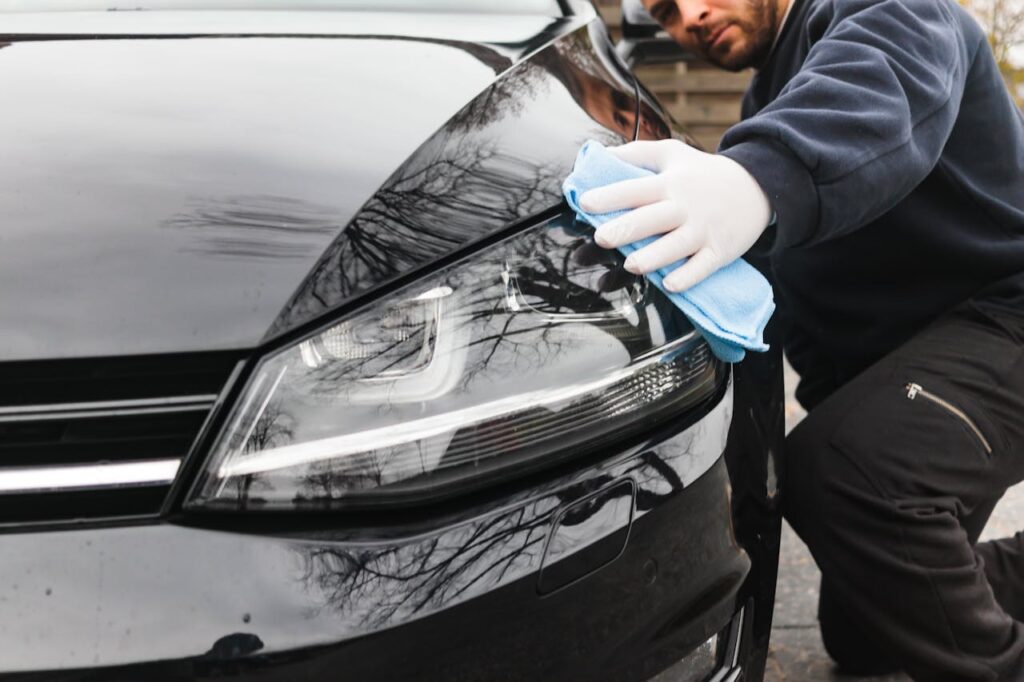Maintaining clear car headlights is essential for safe driving. Over time, headlights can become cloudy and reduce visibility. This comprehensive guide will show you several simple home remedies to restore your headlights to their original clarity.
Why Headlights Get Cloudy
For a variety of reasons, car headlights may get foggy. The outer layer of a headlamp may degrade in response to sunshine, strong winds, and road trash. Extended UV light can oxidize the plastic lens, resulting in a yellowish or cloudlike look. Furthermore accelerating this process are environmental elements such rain, snow, and road salt, which results in dull and blurry headlights. Particularly in nighttime driving or in bad weather, this cloudiness can greatly lower the efficacy of your headlights, therefore affecting the quantity of light that reaches the road and creating a safety risk.
Materials You Will Need
To clean your car headlights using home remedies, gather the following materials:
- Toothpaste (preferably non-gel, with baking soda)
- Baking soda
- Vinegar
- Water
- Microfiber cloth
- Spray bottle
- Masking tape
- Soft-bristle brush
- Sandpaper (optional, for severe cloudiness)
Step-by-Step Cleaning Process
Using Toothpaste
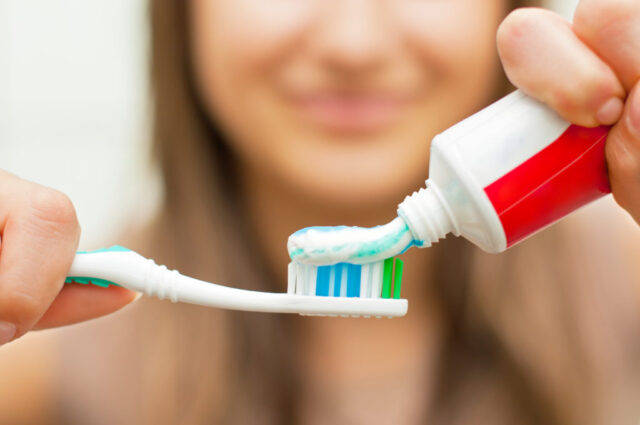
Toothpaste is a common household item that can effectively clean car headlights. The mild abrasives in toothpaste help to scrub away the oxidation on the headlight’s surface. Here’s how to do it:
- Prepare the Headlight: Start by wiping the headlight with a clean microfiber cloth to remove any surface dirt. For better results, wash the headlights with soapy water and dry them thoroughly. This initial cleaning step is crucial as it ensures that any loose dirt or debris is removed, which could otherwise scratch the headlight during the cleaning process.
- Protect the Surrounding Area: Use masking tape to cover the areas around the headlights to prevent accidental damage to the car’s paint. This precaution is especially important if you are using abrasive materials, as they can scratch the paint if they come into contact with it.
- Apply Toothpaste: Squeeze a generous amount of toothpaste onto the cloth or directly onto the headlight. Rub it onto the headlight in circular motions, applying moderate pressure. Continue scrubbing for a few minutes to ensure even coverage. The abrasives in the toothpaste will work to remove the layer of oxidation that has built up on the headlight.
- Rinse and Dry: After thoroughly scrubbing, rinse the headlight with water to remove the toothpaste residue. Dry it with a clean cloth, making sure no moisture remains. Inspect the headlight to see if any areas need additional cleaning. If necessary, repeat the process until the headlight is clear.
Using Baking Soda and Vinegar
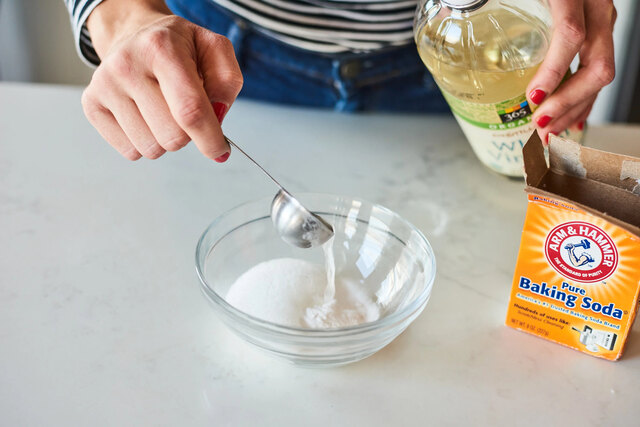
Baking soda and vinegar are effective natural cleaning agents that can be combined to tackle cloudy headlights. The abrasive nature of baking soda, combined with the acidic properties of vinegar, helps to break down the oxidation layer.
- Make the Mixture: In a small bowl, mix two tablespoons of baking soda with enough vinegar to form a thick paste. The mixture will fizz initially but will settle into a usable paste. This reaction helps to lift dirt and grime from the surface of the headlight.
- Apply the Paste: Use a cloth or a soft-bristle brush to apply the paste to the headlight. Rub in circular motions, focusing on areas with the most cloudiness. The mild abrasive action of the baking soda will help to remove the oxidation, while the vinegar will break down any stubborn deposits.
- Rinse and Dry: Rinse the headlight with water to wash away the baking soda and vinegar mixture. Dry it with a microfiber cloth to prevent any water spots. Repeat the process if necessary to achieve the desired clarity.
Using Baking Soda and Water
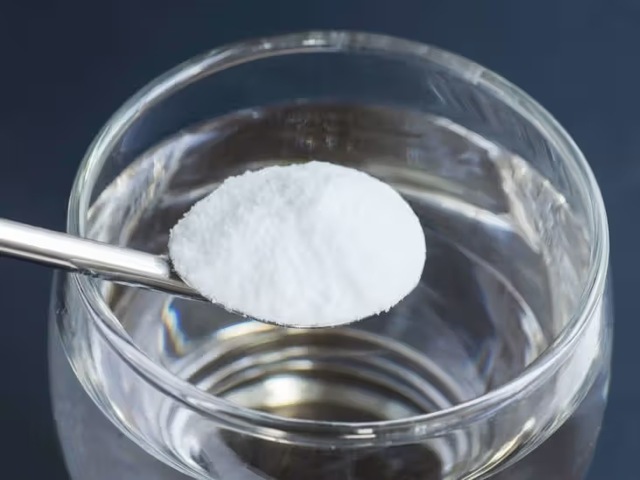
Baking soda alone can also be effective for less severe cloudiness. Its abrasive texture helps to gently scrub away the oxidation without causing scratches.
- Prepare the Mixture: In a bowl, mix two tablespoons of baking soda with water to create a thick paste. Adjust the amount of water to achieve the right consistency – the paste should be thick enough to adhere to the headlight without dripping.
- Apply the Paste: Spread the paste onto the headlight using a cloth or a soft-bristle brush. Scrub in circular motions to cover the entire surface. Pay special attention to any particularly cloudy or yellowed areas.
- Rinse and Dry: Rinse the headlight thoroughly with water to remove the paste. Dry it with a clean microfiber cloth. This method is less aggressive than using vinegar and is suitable for regular maintenance cleaning.
Using Sandpaper
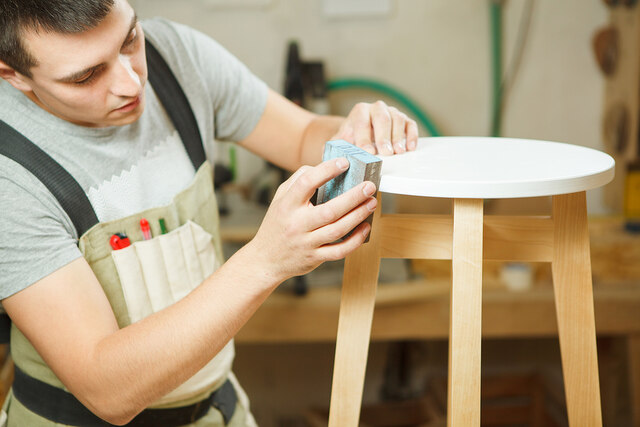
For severely cloudy headlights, you may need to use sandpaper to achieve the best results. This method involves wet sanding to remove the outer layer of oxidation. While this approach is more intensive, it can restore even the most damaged headlights to near-new condition.
- Prepare the Headlight: Clean the headlight with soapy water and dry it thoroughly. Protect the surrounding areas with masking tape to prevent accidental scratches to the car’s paint.
- Wet Sanding: Start with a coarse-grit sandpaper (such as 800-grit) and wet it with water. Sand the headlight in horizontal strokes, keeping the surface and sandpaper wet. This helps to remove the outermost layer of oxidation. Progress to finer grits (1000-grit, 1500-grit) for a smoother finish. Each successive grit will help to refine the surface, removing any scratches left by the previous grit.
- Polish and Seal: After sanding, use a polishing compound to restore the clarity of the headlight. Apply a UV-resistant clear coat to protect against future oxidation. This final step is crucial as it seals the headlight, preventing further damage from UV rays and environmental factors.
Using Lemon and Baking Soda
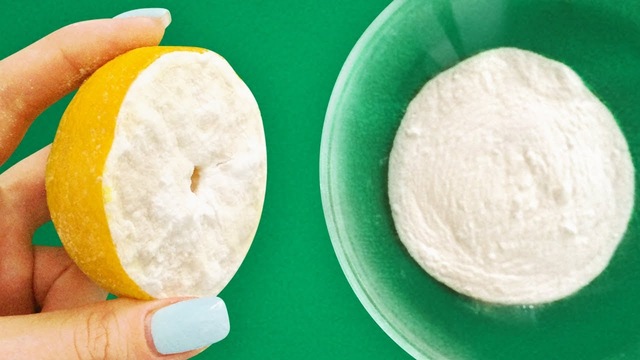
Lemon juice, with its natural acidity, combined with the abrasive properties of baking soda, can also be an effective headlight cleaning solution.
- Cut and Squeeze: Cut a lemon in half and squeeze the juice onto the headlight surface. You can also rub the lemon half directly onto the headlight to distribute the juice evenly.
- Apply Baking Soda: Sprinkle baking soda onto the lemon juice-covered headlight. The reaction between the lemon juice and baking soda will help to lift dirt and oxidation.
- Scrub and Rinse: Use a soft cloth or brush to scrub the headlight in circular motions. Rinse thoroughly with water and dry with a microfiber cloth.
Using Vinegar and Dish Soap
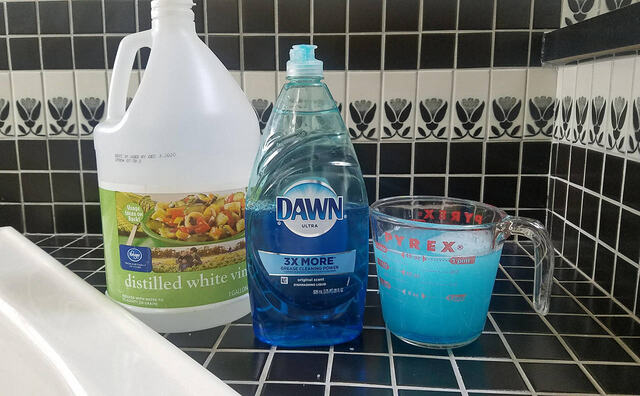
A mixture of vinegar and dish soap can also be used to clean headlights effectively. This combination helps to break down grime and oxidation while providing a gentle cleaning action.
- Mix the Solution: In a spray bottle, combine equal parts vinegar and water. Add a few drops of dish soap and shake well to mix.
- Spray and Scrub: Spray the solution onto the headlight and use a cloth or brush to scrub in circular motions. The dish soap will help to cut through grease and grime, while the vinegar will dissolve oxidation.
- Rinse and Dry: Rinse the headlight with water and dry with a clean microfiber cloth. Repeat if necessary to achieve the desired clarity.
Preventing Future Cloudiness
To keep your headlights clear for longer, consider these preventive measures:
- Park in Shade: Whenever possible, park your car in a shaded area to reduce exposure to UV rays, which can accelerate the oxidation process. UV rays are a major cause of headlight cloudiness, and reducing exposure can significantly prolong the clarity of your headlights.
- Regular Cleaning: Clean your headlights regularly with mild soap and water to prevent buildup of dirt and grime. Regular maintenance helps to keep the headlights in good condition and prevents the buildup of contaminants that can contribute to cloudiness.
- Protective Coating: Apply a UV-resistant clear coat to the headlights to protect them from future damage. You can find these protective coatings at automotive stores, and they provide a barrier against UV rays and environmental elements. This protective layer helps to preserve the clarity of your headlights and prevents them from becoming cloudy again.
A Video Tutorial of Cleaning Car Headlights with Toothpaste
Conclusion
Home cleaning of your automobile headlights is simple and reasonably priced. Restoring the clarity of your headlights and enhancing your driving safety with basic materials like toothpaste, baking soda, and vinegar calls for Preventive actions and regular maintenance will help to guarantee that your headlights stay clear and functional for years to come. Following these house remedies will help you to keep best road visibility and save the expense of professional cleaning. Furthermore, acting preventively to shield your headlights from UV light and environmental degradation will assist them to remain clear and brilliant for more years. Recall that safe driving depends on bright headlights, hence frequent maintenance and cleaning should be part of your daily car care.
For more Informative articles you can visit our blog royalsprinter.com

